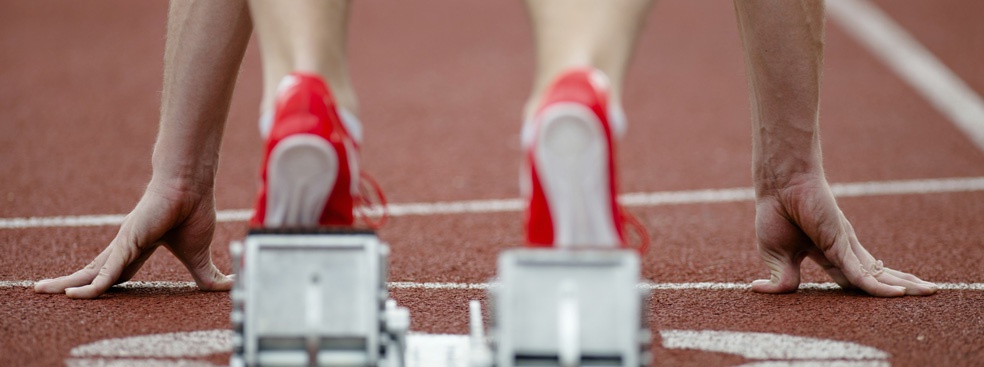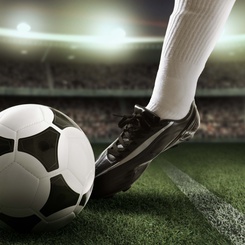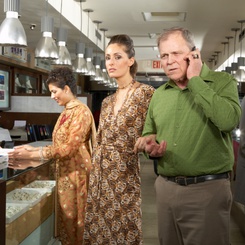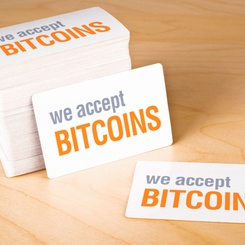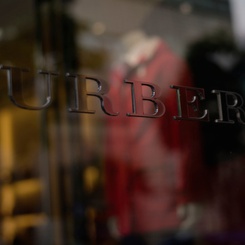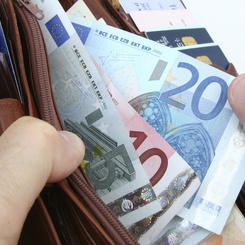With an audience of over 4 billion for the opening ceremonies alone, it goes without saying that London 2012 offers up a golden opportunity for advertisers wanting to reach out to an immense number of fans. But with this much potential revenue at stake, marketing rules and regulations are strict, to say the least.
A total of 53 companies have signed up in one of four sponsorship categories to obtain the coveted, official advertising rights: worldwide partners (11), tier one partners (7), tier two (7) and tier three (28). This of course leaves the International Olympic Committee (IOC) and the London Organizing Committee for the Olympic Games (LOCOG) with the difficult task of protecting these rights and the commercial value they represent, in addition to protecting the reputation of the games themselves, which is easier said than done.
“The risk of what we call ‘ambush’ marketing [the illicit association of brands to an event without the payment of a sponsorship fee] is always very real at a global event like the Olympic games,” explains Thierry Lardinoit. “That said, the overseers of the Olympics are doing a lot to protect the rights of their sponsors.
” This past Wednesday the Olympic marketing “black-out period” began, during which time athletes competing in the games are forbidden from appearing in any advertising campaign by companies that are not official sponsors. As of the July 27th, the grounds around London – including the sky above – will be closely patrolled for non-sponsor advertising and strict rules will be imposed for clothing worn by competitors and even fans. And last but certainly not least, a sharp eye will be kept on the digital world as more and more businesses give importance to social media in their overall marketing strategy.
But as Professor Lardinoit explains, the real risk of ambush marketing lies in the fact that the general public doesn’t make the distinction between official sponsors and other advertisers. “Surveys have shown that when members of the public are asked to name brands associated with the Olympic games, more than half of their responses are not in fact sponsors. The public tend simply take note of the most memorable campaigns.”
“That said, research with our partner, Havas Sports-Entertainment has shown that at the end of the day, although they don’t know who is a sponsor, at an unconscious level, they tend to prefer the official sponsor brands when the campaigns are strong.”
Creating a lasting impression
While sponsorship can guarantee a brand gets seen, it’s up to marketers to ensure that they leave a lasting impression with fans. According to Professor Lardinoit, this is a prime opportunity to observe some really innovative and creative campaigns.
“This opportunity only comes around every 4 years – it’s a rare, privileged moment for advertisers to leave a lasting impression in the heads and hearts of fans. Understandably, at London 2012, advertisers aren’t shying away from innovative approaches to ensure they make the most of the exposure.”
Worldwide partner Coca Cola, an example he sites, launched Move to the Beat – a unique campaign that fuses Olympic sport with music. With this campaign, Grammy-winning music producer Mark Ronson travelled the world to capture the sound of different sports to ultimately create a unique and engaging advertising campaign. “Here, music helps, in an innovative way, to build on the emotion associated with sport,” he explains.
You might think that “Don’t Fly” would be an odd advertising slogan for an airline but British Airways, a LOCOG sponsor, is doing just that by proclaiming that they would rather see Britons at home supporting their local athletes. New digital technologies are being used to make this approach memorable, including a online platform that allows fans to create their own advertising spots in which a BA jet drives them to their front door. The official spot has had over 800 000 views on You Tube.
Another LOCOG sponsor, Adidas is taking a different, low-tech and very grassroots approach that is none-the-less innovative. In parallel to their traditional advertising campaign, they launched a program to renew playgrounds all around England. “Through this campaign, they are forging a link between their brand and this idea of corporate social responsibility, community investment and sustainable development, which are very important to brand identity,” he explains. “They are all at once asking the public to engage in sports and engage in their community.”
Building the Olympic brand
But this year’s games aren’t just an opportunity for this handful of official sponsors to make an impression. More than ever, they are also an opportunity for organizers to build the Olympic brand and its emotional connection with fans.
Of course, protecting the use of the “rings” is a big part of that. “Every year a company will try to use the rings, in a creative way, and find a way around restrictions. However, the Olympic overseers are very diligent about controlling this. Campaigns have been quickly shut down because their reference to the Olympic rings was too strong.”
However, he goes on to explain that this year, there is a focus on building the brand by building on the fan experience: “The cementing of the Olympic brand is still a work in progress and one that organizers are putting a lot of energy into this year. While the Olympic rings are one of the most recognized logos in sports, it’s still an event more so than a brand. What organizers are trying to do now is create a brand that creates emotion and has durable meaning with fans.”
How are they creating this emotional experience? Social media is offering the perfect platform through which the Olympic committee is managing the experience of fans, in three times – before, during and after. Their social media campaign, confined essentially to the trinity facebook-Twitter-You Tube, goes to great lengths to make viewers feel part of the action and those in London feel the building suspense and excitement.
First and foremost, by featuring videos of what’s happening in the stands and on the field, You Tube lets viewers feel as if they were part of the action during the games and then remember highlights after the fact. Suffice it to say that sport is really an ideal provider of content for a video content platform like this.
But beyond that, it’s also letting the Olympic Committee engage fans in the experience and interact with other viewers. For example, the “Best of Us” competition asks fans to beat Olympic stars in different fun challenges like “can you carry as many tennis balls as Rafael Nadal?
Of course, Twitter lets fans keep up to date on the latest breaking news. It’s a great way to forge a sustained link with fans, and to a certain extent, create a dialogue.
With over 4 million fans, facebook is proving to be another successful avenue through which to reach audiences, share content and create interaction. More than this, facebook is also helping to create an emotional link with fans by allowing them to submit personal photos of their experience and share them with the online community.
While the Olympic committee’s use social is somewhat classic here in terms of application, the international and emotional nature of organized sports make these avenues all the more effective at impacting the hearts and heads of audiences. “When there is a strong emotional connection with a particular event,” explains Professor Lardinoit, “this leads fans to engage more openly in social media.” But while the emotional connection with sport is strong, the Olympic committee is using social media to build on that connection and extend it to the Olympic brand itself.
“Creating a strong Olympic brand is about creating an emotional connection with audiences. That’s why social media is very adapted to this type of event,” explains professor Lardinoit. “Social media gives fans an increased sense of emotional engagement. According to recent studies, 60% of sports fans that regularity use social media say that social media has increased their passion for the game.”
Indeed, London 2012 is being called “the first digital game” where the online world is going to play a big role in how fans around the world experience the games. And in much the same way spots marketing campaigns rely on the digital to reach audiences, this same avenue of communication is helping to strengthen the Olympic brand.
